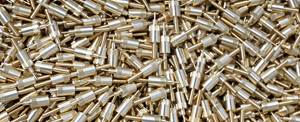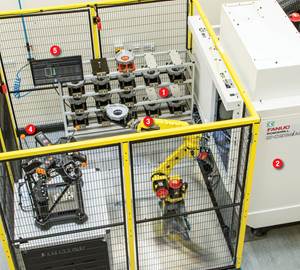Metrology Makes Manufacturing Smart
Realizing the full promise of data-driven manufacturing could require rethinking the role of quality control, both in individual operations and throughout the supply chain.
Share




“A few years ago, this session would have been dedicated to quality engineers,” said Norbert Hanke, president of Hexagon Manufacturing Intelligence. Speaking at HxGN Live, parent company Hexagon AB’s annual conference in Las Vegas, Nevada, Mr. Hanke heads a division with roots in equipment like Browne and Sharpe coordinate measuring machines (CMMs), Romer measuring arms and Leica laser trackers. Nonetheless, his audience also included personnel who work in production and engineering. There’s good reason why: Armed with the latest software and sensors, manufacturers can use data gathered from measuring equipment to improve processes at every phase of a product’s development. However, making this work requires all involved, from design engineers to CAM programmers to shopfloor personnel, to participate in quality control.
Hexagon aims to be well-positioned to help shops that get past this change in thinking. In recent years, the company has complemented its long-standing focus on the physical world of measurement with a slew of recent software acquisitions. These companies all specialize in the virtual—specifically, the creation, manipulation and analysis of data-embedded 3D models representing real-world assets. Making enterprises “smart,” whether they be factories, mines, construction sites or entire cities, requires these digital twins to precisely reflect what measuring instruments reveal about their real-world counterparts. The closer the match, the greater the potential to identify problems and opportunities before anything happens in the real world.
This is the promise of the digital thread: that is, the dataflows and feedback loops that blur the lines between traditionally distinct roles like engineering, production and quality control. As illustrated at the conference, here are just a few examples of the broader implications of threading quality data throughout all stages of a product’s development:
Simulation Gets Real
“Even the most sophisticated simulation tools can only approximate reality,” said Paul Guglielmini, CEO of simulation specialist MSC Software. Acquired by Hexagon last year, MSC Software is collaborating to ensure that analyses from its software can be based as closely as possible on a component’s real-world construction and performance rather than hypothetical nominals. For instance, exactly how does an engine block respond to heat, vibration and other stresses? Fed back to design engineers, this metrology data could be used to improve the CAD model.
Machinists Become Inspectors
For a machine shop, a go-to example of leveraging the digital thread is using data collected by an on-machine probe to update tool or work offsets. Vero Software, acquired by Hexagon in 2014, was thinking along these lines when it developed EdgeCAM Inspect, a new functionality for its production CAM software. This feature enables users to quickly generate probe paths and integrate them directly with machining cycles, swapping between the two as needed to validate the machining process during the process. Metrology is thus integrated with production.
Inspection Bottlenecks Break
In the digital thread, data flows forward as well as backward. The implication is that quality control (which should be thought of as a means of improving upstream processes) becomes faster and easier. For example, the truly interconnected production operation can leverage information from the CAM operation—machining speeds, feeds and other parameters—to ensure the best measurement strategy for the job. “We’re getting to the point where we can automate a lot of this, too,” said Hexagon’s Ken Woodbine about speeding programming in PC-DMIS measuring software. Although hurdles remain, the manager of the metrology software product line says the company is working on a notable new capability: extracting and digitizing GD&T (geometric dimensioning and tolerancing) annotations from paper blueprints by simply taking a photograph with a mobile device.
Data Paint a Picture
Hexagon’s Smart Quality software, now in its second iteration since its introduction last year, is an overarching platform for putting data in context and making it accessible where needed. This web-based software presents availability and performance metrics for interconnected metrology equipment throughout a facility or multiple facilities. The “dashboard” layout is customizable, and functionality includes overall equipment effectiveness (OEE) calculations, predictive measurement, mobile-device alerts and more.
Data Tell a Story
Designed to work with existing shop-management software rather than replace it, Smart Quality is designed for more than just painting a holistic picture of quality control in an operation. It also aims to tell a story—to illuminate why data appear as they do and to expose the trends within, thereby making that data actionable. To that end, the product integrates qs-STAT statistical analysis software from Q-Das, a data analytics firm acquired by Hexagon last year. Widely used in automotive circles, the software provides not only analysis, but analysis in the proper context. “It combines measurement results from any source into a single database and analyzes according to common formats and statistical evaluation methods,” sums up Scott Mahrle, Smart Quality lead at Q-Das.
Automation Becomes Invisible
Smart Quality’s third critical function is workflow management, including the storage and organization of all measurement documents and tasks associated with metrology. However, even an overarching resource-management product like Smart Quality can do only so much to address one key challenge of connecting and leveraging the digital thread. As described by Hexagon CEO Ola Rollen, the challenge of using data to build intelligence into manufacturing (or into anything else) is making sense of the sheer volume of data available. Relevant information must be weeded out even before products like those from MSC Software or Q-DAS are ever leveraged.
The solution, he says, is Xalt, a new platform dedicated to edge computing, artificial intelligence, cloud orchestration, visualization and mobility, all of which are critical, “behind-the-scenes” functions of smart factories, mines, construction sites and cities. Xalt is not a product that will be sold. Rather, it is a set of functionalities that will be embedded in all of Hexagon’s products moving forward. It can be understood as a framework that uses automation to extract more value from data before human beings ever interface with it. More information on Xalt, including use cases, is available at hexagonXalt.com.
Related Content
Swiss-Type Control Uses CNC Data to Improve Efficiency
Advanced controls for Swiss-type CNC lathes uses machine data to prevent tool collisions, saving setup time and scrap costs.
Read MoreProcess Control — Leveraging Machine Shop Connectivity in Real Time
Renishaw Central, the company’s new end-to-end process control software, offers a new methodology for producing families of parts through actionable data.
Read MoreReinventing a Precision Shop With a Data-Driven Mindset
When this machine shop lost 90% of its business within three months, a reinvention was in order. Here's how it survived after quickly falling on hard times.
Read More5 Stages of a Closed-Loop CNC Machining Cell
Controlling variability in a closed-loop manufacturing process requires inspection data collected before, during and immediately after machining — and a means to act on that data in real time. Here’s one system that accomplishes this.
Read MoreRead Next
5 Rules of Thumb for Buying CNC Machine Tools
Use these tips to carefully plan your machine tool purchases and to avoid regretting your decision later.
Read MoreBuilding Out a Foundation for Student Machinists
Autodesk and Haas have teamed up to produce an introductory course for students that covers the basics of CAD, CAM and CNC while providing them with a portfolio part.
Read MoreSetting Up the Building Blocks for a Digital Factory
Woodward Inc. spent over a year developing an API to connect machines to its digital factory. Caron Engineering’s MiConnect has cut most of this process while also granting the shop greater access to machine information.
Read More

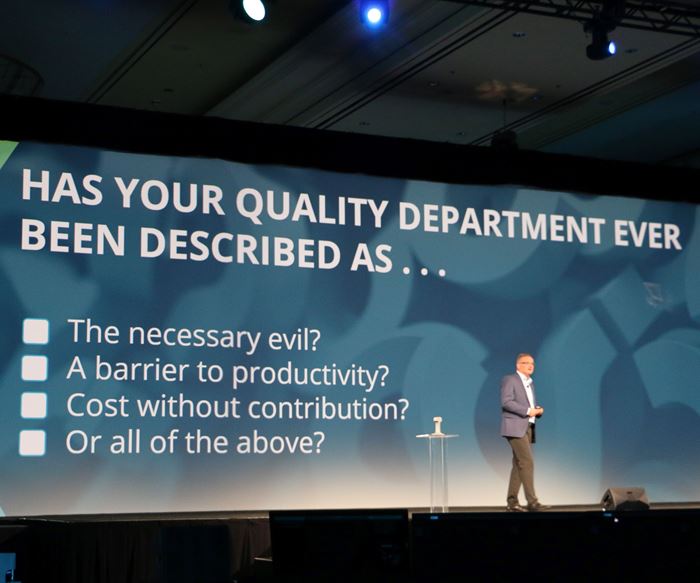

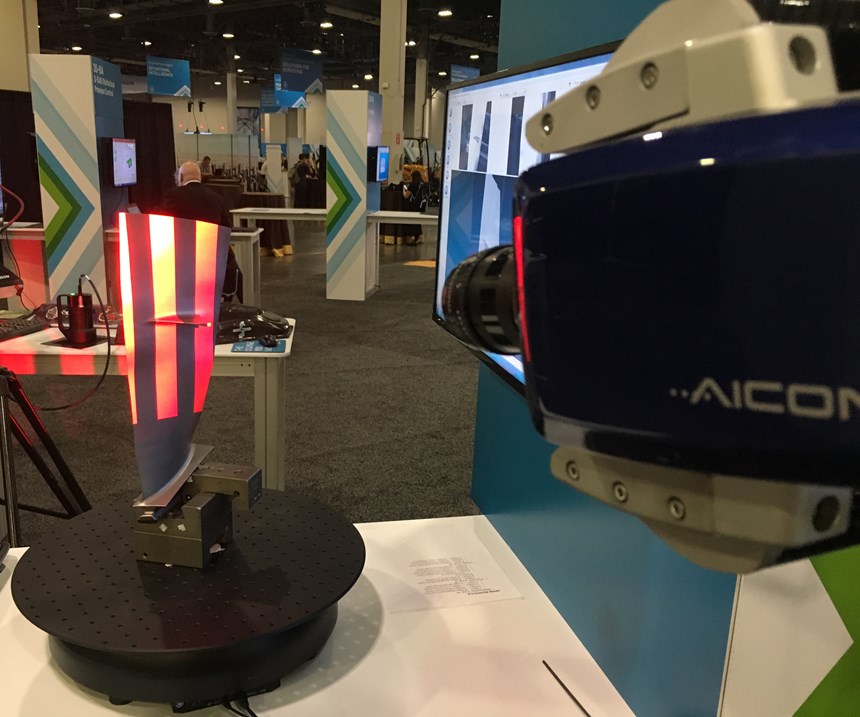
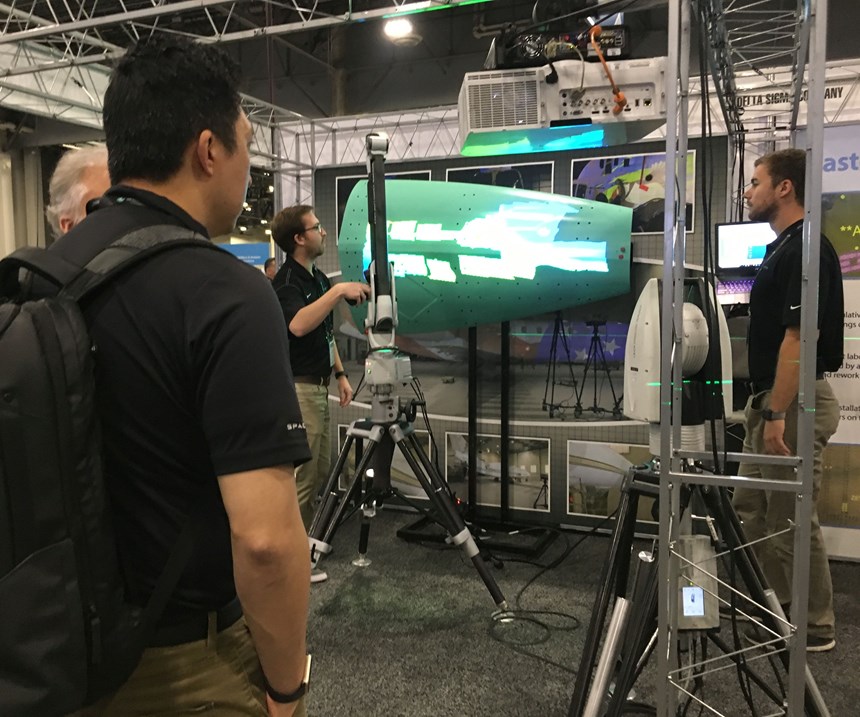

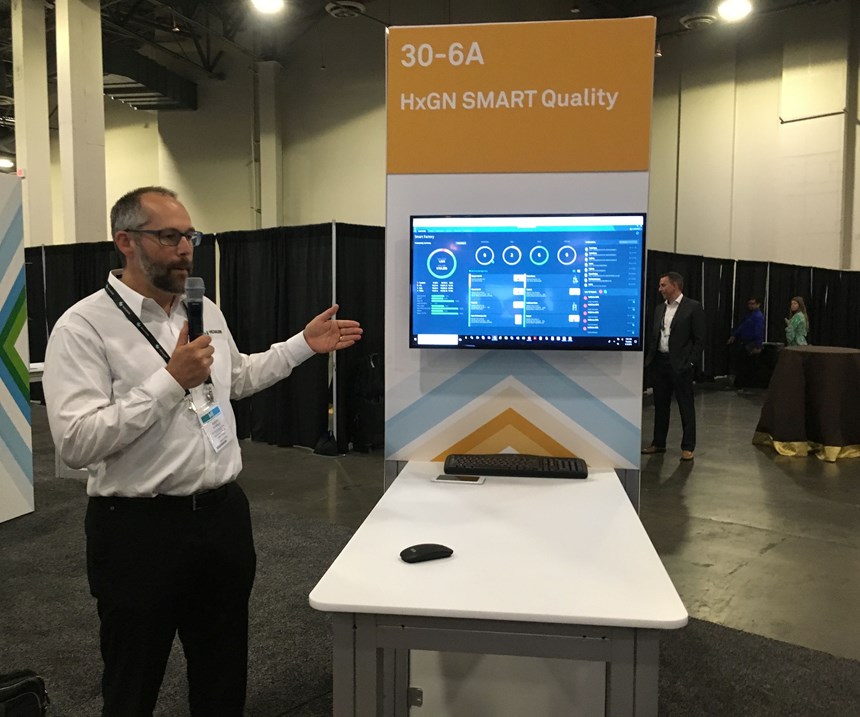
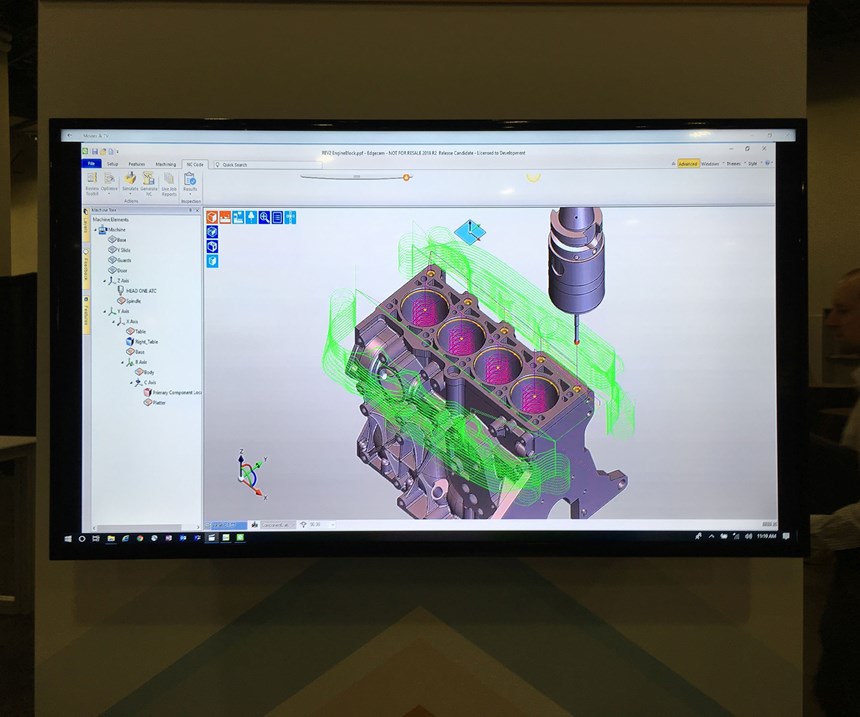



















.jpg;maxWidth=300;quality=90)





